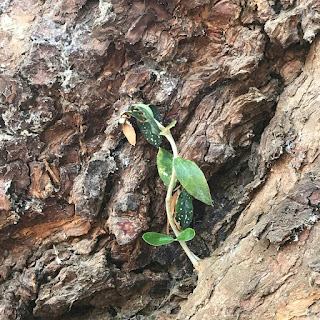San Martin de Porres and the olive trees in Lima
Every November 3 of each year, we remember the death of the first mestizo Saint of the Catholic Church. San Martín de Porres Velázquez or San Martín de Porras Velázquez was born in Lima (Peru), on a Sunday, December 9, 1579. He was the son of the Spanish Juan de Porres, and of the Panamanian Ana Velázquez.
Through his vocation of service, Martín de Porras managed to overcome differences and unite the three cultures that coexisted in viceregal Lima, despite the conflicts that made this social coexistence difficult. The Dominicans point out that the saint of the broom loved and cured everyone equally, without distinction of their ethnic origin (indigenous, Spanish and black) and of all sectors of Lima society. It was a true example of unity within a merely fractured society.
Martín de Porres lived at the same time as Santa Rosa de Lima and was a friend of San Juan Macías. It was also confirmed by Santo Toribio de Mogrovejo. He was canonized by Saint John XXIII in 1962, more than three centuries after his death. In one of the last public Masses celebrated in the Santa Marta house in the Vatican, Pope Francis affirmed that the spirituality of Saint Martin de Porres “was in the service, because he felt that all others, even the greatest sinners, were superior. to the. I really felt it. "
His remains, along with the remains of Santa Rosa de Lima and Juan Masías, are today in the Basilica of Santo Domingo in Lima. He is a patron of Social Justice and his patronage extends to the poor, hairdressers, the public cleaning union, pharmacists and nurses, and he is a patron of Cáritas.
According to the journal of Fray Juan Vázquez Parra, today we can know that San Martín planted some olive trees in 1637. He himself heard the saint say: “We will cut stakes (from olive trees) so that from the royal road to the mill we can make an olive grove (…) And they will say that God forgive whoever planted this olive grove ”.
The age and location of the tree is determined thanks to the studies I did for the Municipality of San Isidro together with a group of specialists from the Polytechnic University of Madrid. The method they used to measure the ages of the trees is called Santander, and it involves the use of state-of-the-art technology such as laser scanning of the specimen.







Comentarios
Publicar un comentario